Rusnė Evangelical Lutheran Church

167

0

1
0 out of 5
(0 reviews)
The Rusnė Church, originally built in 1419 and belonging to the Catholic parish, has endured three significant fires throughout its history. In the 18th century, a brick church was constructed and consecrated in 1809. However, during the Soviet era, it was closed and repurposed as a school. In 1991, restoration efforts were undertaken, and services resumed under the initiative of Deacon Gintaras Pareigis.
Info
-

Religious Heritage
-
Rusnė
-
The Rusnė Church has a long history, with the earliest written record dating back to 1544, when Duke Albrecht of Prussia mentioned services conducted in both Lithuanian and German. After the Treaty of Melno, the region came under the control of the Teutonic Order, and the weather vane on the church tower bears the date of its original construction—1419. Initially a Catholic church, it transitioned to Lutheranism in 1541 during the Reformation when all Rusnė residents were compelled to embrace Luther's teachings.
In 1583, a parish school was established adjacent to the church, regarded as one
of the first in the Klaipėda region. The 18th-century church faced three devastating fires (in 1739, 1774, and 1789), leading to the construction of a new brick church, consecrated in 1809. The current brick building dates to the 19th century, but during the Soviet era, the church was closed, and its assets destroyed. The building was repurposed as a boarding school, housing sports halls and a boiler room.
In 1991, restoration efforts began, and services were reinstated thanks to Deacon Gintaras Pareigis, revitalizing this historic landmark as a place of worship and cultural significance.
Found a mistake?
Report
Whats new?
Nearby attractions
Nearest museums

 Entertainment
Entertainment
 Food establishments
Food establishments





























 55.297598, 21.375627
55.297598, 21.375627
 Get directions
Get directions








.jpg)




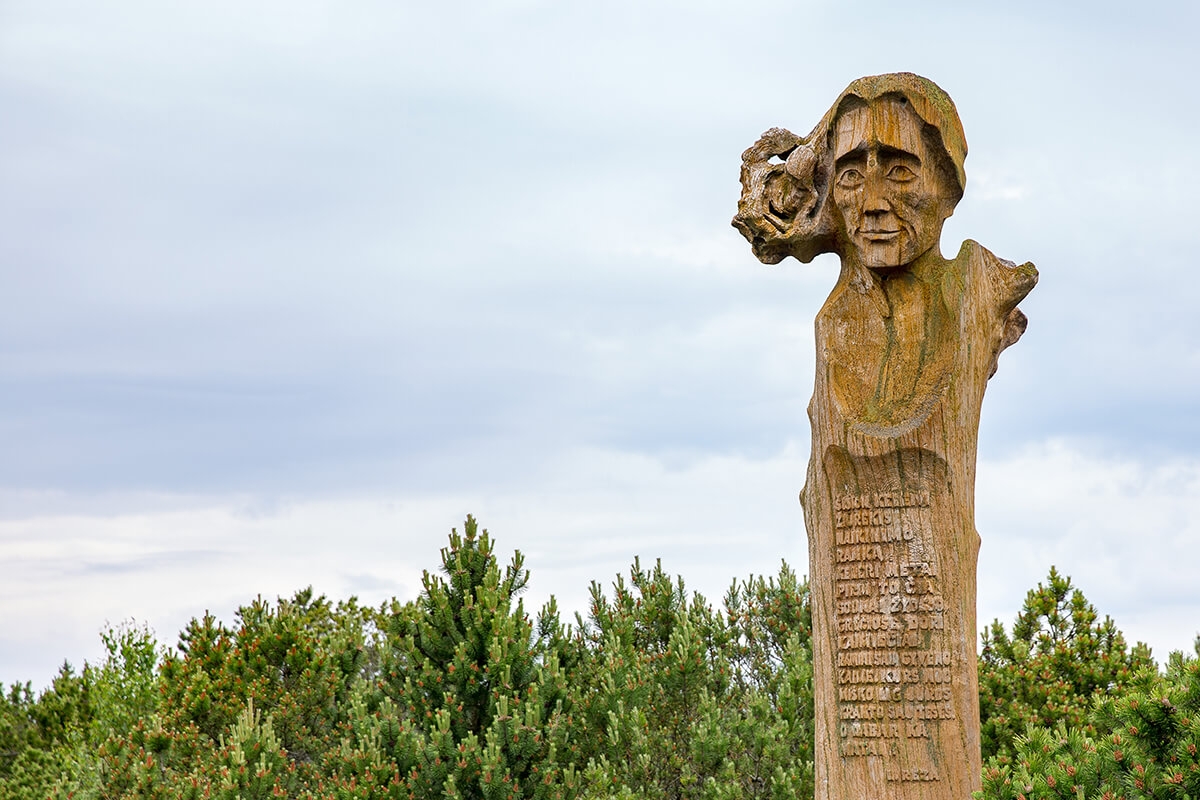
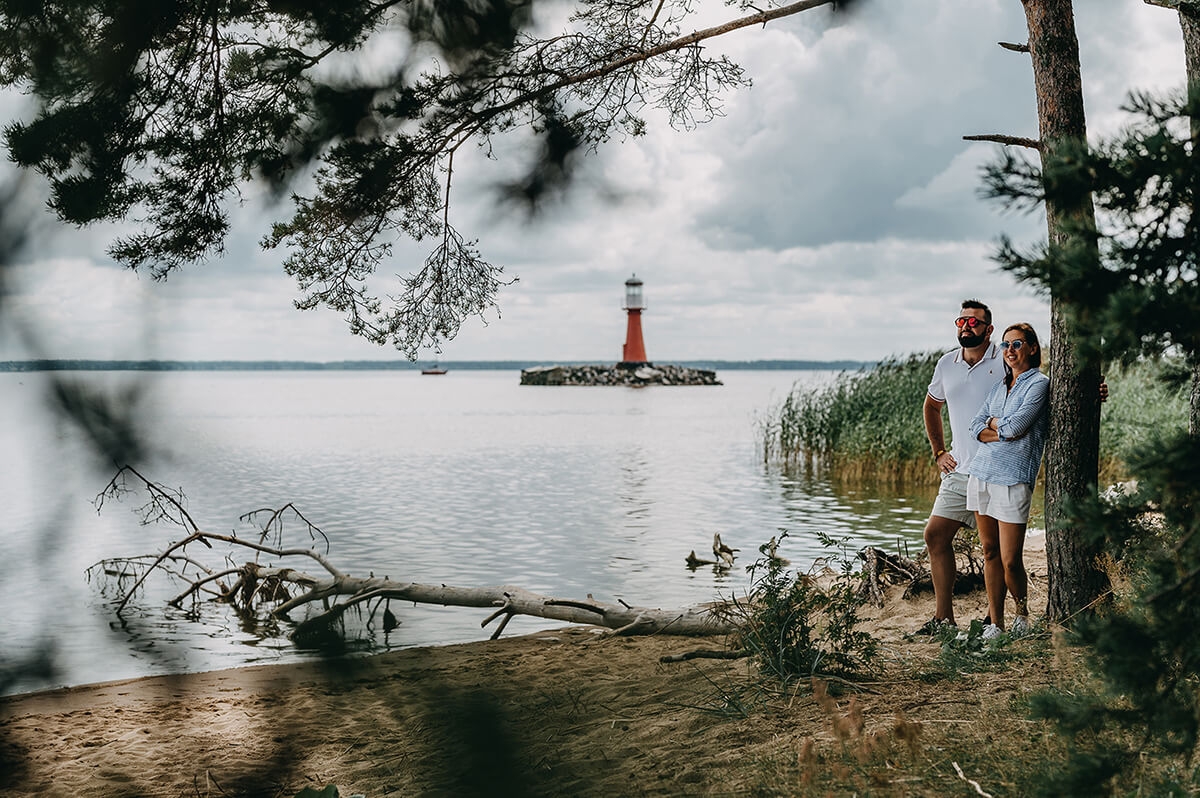
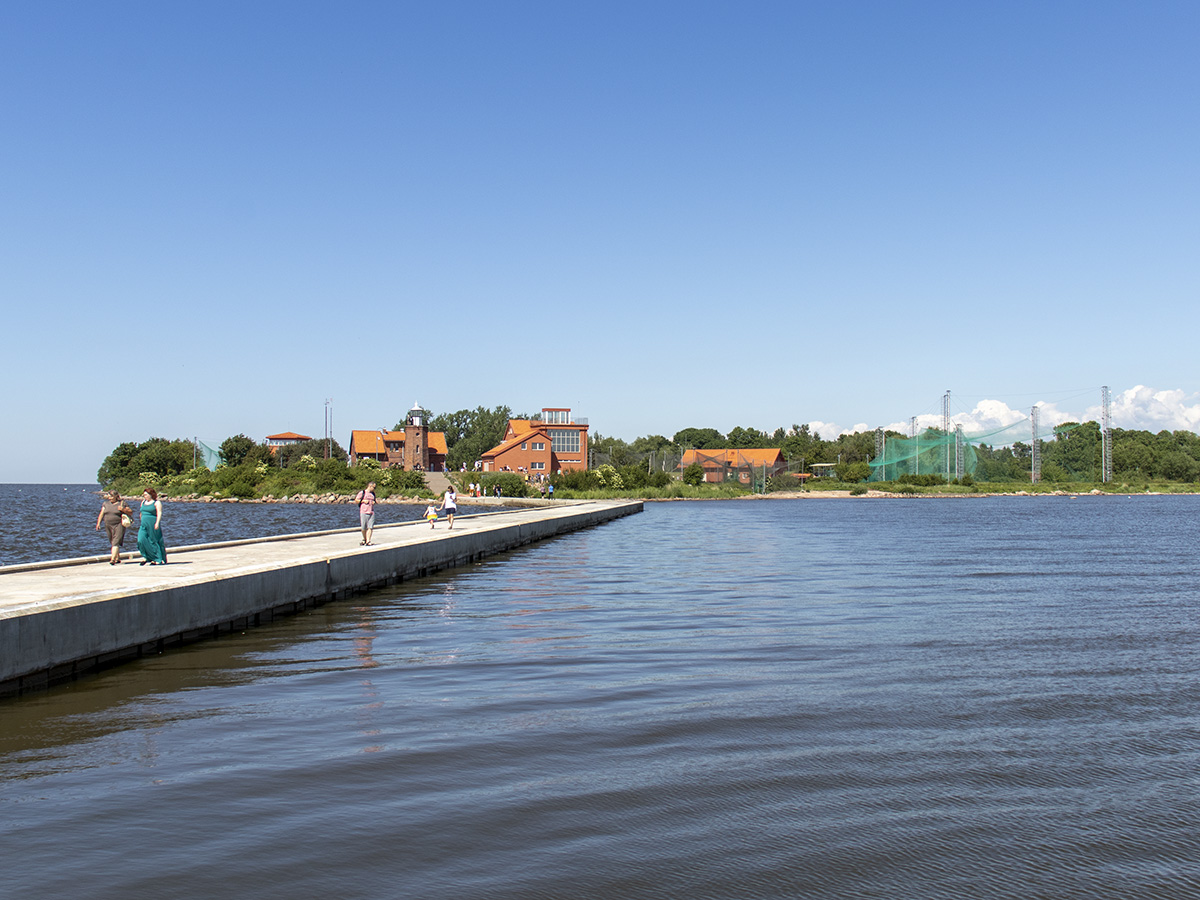
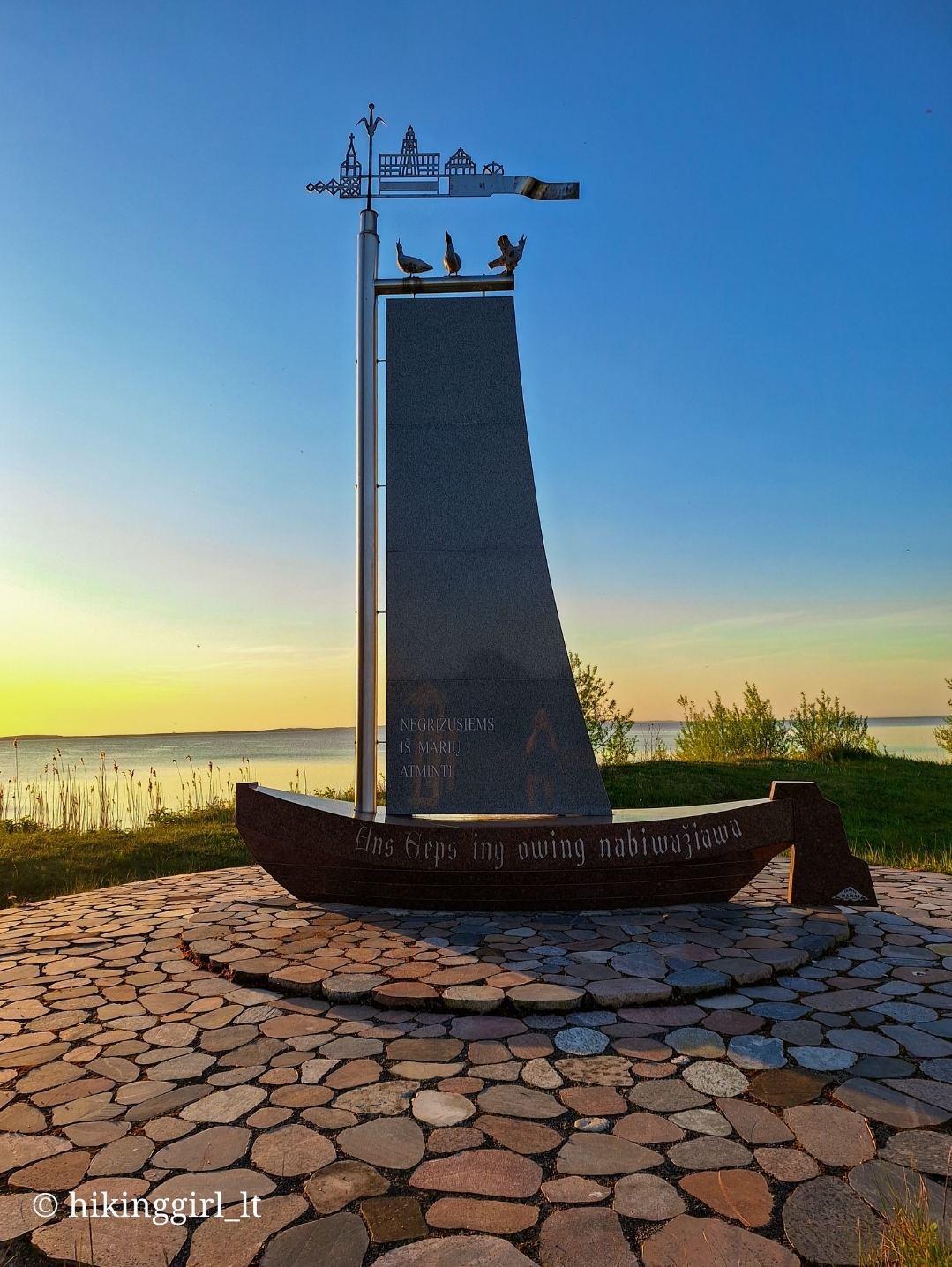
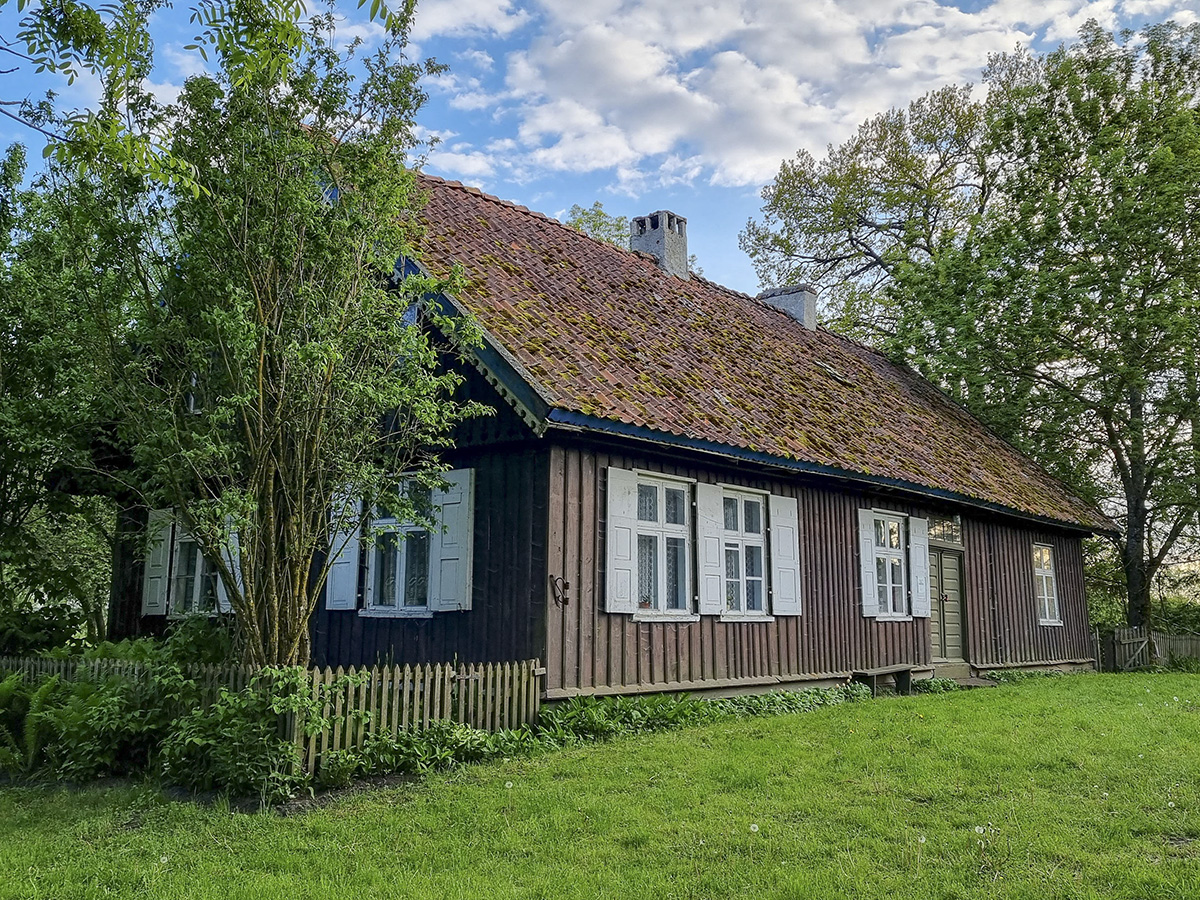
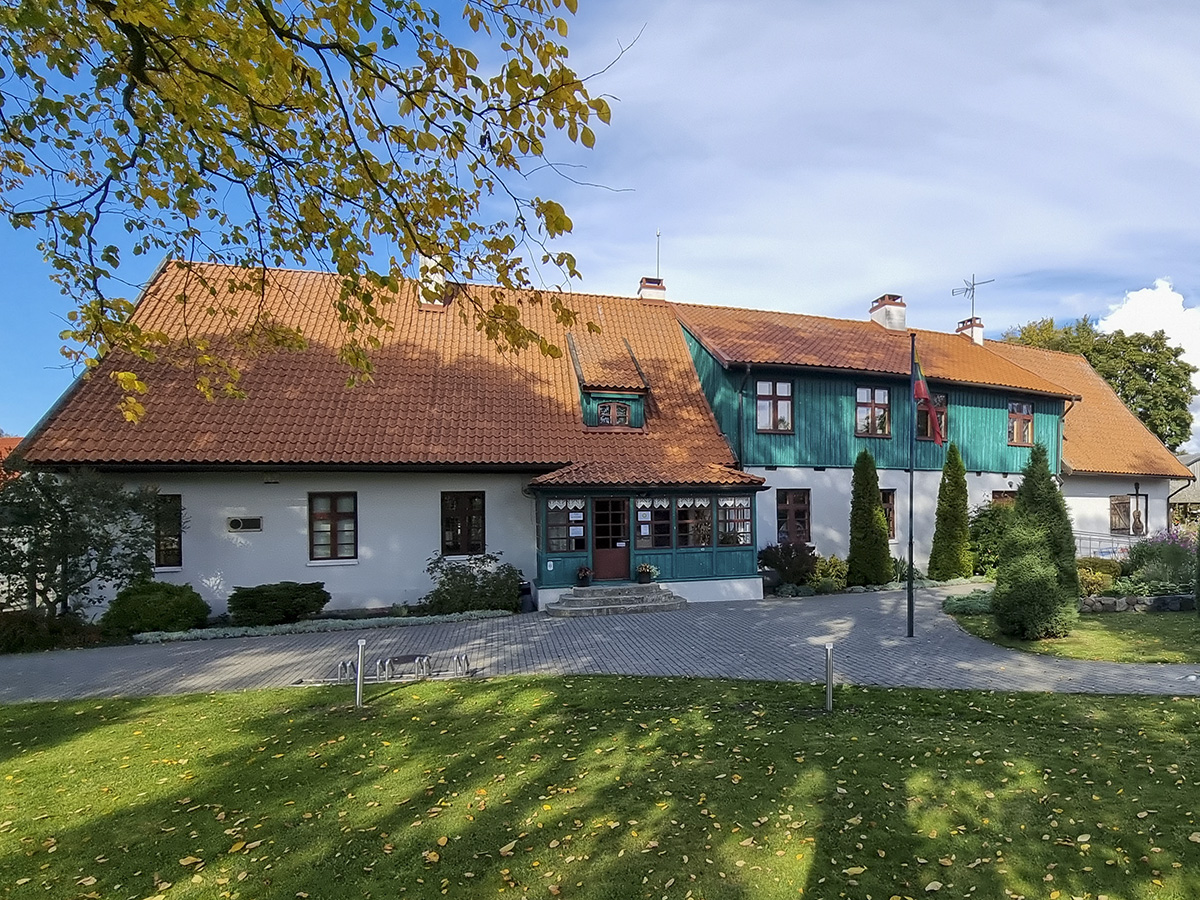


.jpg)